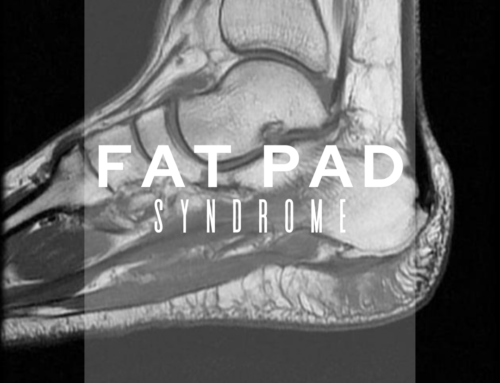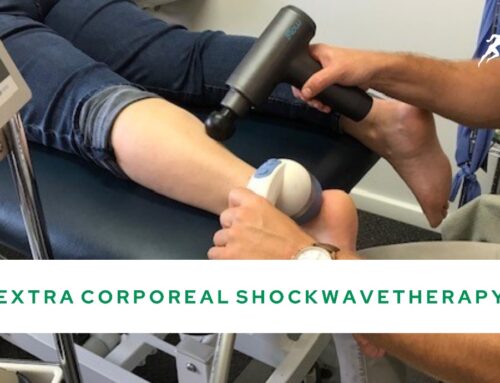Did you know that there are several different shoelace techniques appropriate for each foot type? As Podiatrists, we are aware that feet are as unique as the patients we see. Below is a lacing chart showing several ways in which your laces can help your shoes better accommodate your foot type.
High Instep/Arch
For patients with a generally high arched foot. They may feel pressure through their instep due to the traditional lacing technique. The Volume Lacing technique aims to reduce pressure from above the top of the instep.
Wide Forefoot
For patients that have a generally wide front part of the foot. This can often be associated with a structurally wide foot or with certain abnormalities such as bunions. People with wide forefeet can experience pressure across and on the sides of the toe box. The Forefoot Volume Lacing technique will work to alleviate pressure from the sides of the shoes and accommodate the wide foot enabling to function comfortably.
Narrow/Unstable Heels
For patients who generally struggle to get stability at the heel when in certain shoes or who have a history of ankle injuries such as sprains, the Lock Lacing technique works to eliminate excessive movement at the heel level. The looping of the laces ‘locks’ the ankle in position and minimises the functional movement of the heel providing stability and support.
Shallow Instep/Flat Feet
Primarily aimed at patients who feel they could use more support in through the arch region of their shoes. The Midfoot Lock Lacing technique works to increase ground reaction forces working up against the arch, providing greater support and reducing lateral motion during physical activities particularly during sports.
Shallow Instep with a Narrow Heel
For patients who have a combination of a lower arch profile with a heel that doesn’t sit quite comfortably in the rear aspect of the shoe, the Combination Lacing technique works to stabilize both the arch and the heel thereby proving all round stability and increased sensory ability. This technique is quite popular for people participating in sports that requires quick and sudden turns and acceleration bursts.









Leave A Comment